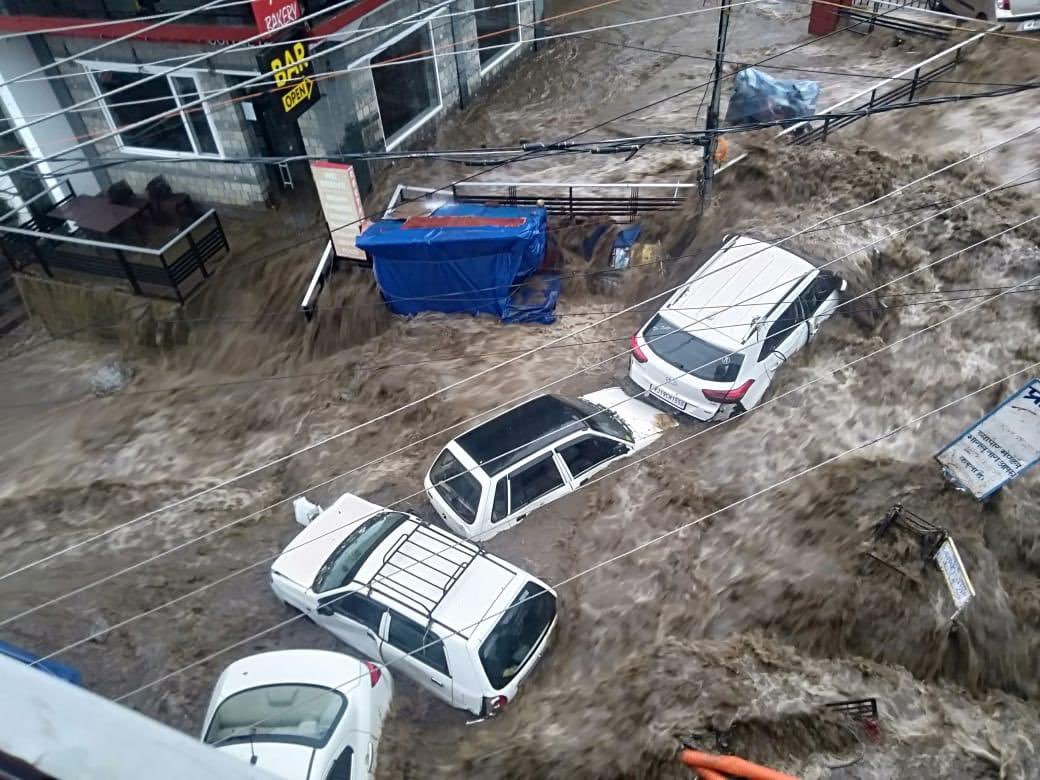
'For Dharamsala's sake, people need to take a U-turn to nature'

I own a small piece of farmland in Rakad village, located on the outskirts of Dharamshala. I prefer a life close to nature, in sync with nature. My wife, 7-year-old son, and I stay in a mud house. The recent cloudburst and subsequent flashfloods that raged through Dharamshala moved me to the core and prompted me to write down a few words about what I think about this beautiful place, cushioned in the lap of nature, surrounded by the Himalayas, which is now thrown open to opportunistic businessmen, a callous government and ignorant populace.
I was born and brought up in Delhi. My parents gave me all pleasures of life. I had stellar education and an envious job. But there was a void within. As a child, I had a lot of health issues that stayed with me till adulthood. Pneumonia, asthma, diabetes, cervical spondylosis, tumour… you name it and I had it. Unfortunately, my son, Kavann, too started showing signs of physical fragility that I had grown up with. He turned out to be extremely allergic to Delhi’s pollution and started falling sick very often. This was a wake-up call for us and in 2017 we headed for Dharamshala, my mother’s native place, to get a chest full of fresh air. Dharamshala turned out to be a breath of fresh air, indeed.
Getting away from Delhi’s toxic fumes and adopting a natural diet (full of native fruits like berries, galgal, millets, veggies etc) got me off medications within a year. My son looked happy and healthy and my wife had a gleam on her face I had never seen before. Dharamshala gave this to us and now when I see it go to the dogs, I feel a pain unexplained.
I feel I am not in Dharamshala, but in Delhi
As a child, I used to be excited to go to Dharamshala and be with my relatives and cousins. We would enjoy walking down narrow, rocky lanes of the mountains for hours without a sense of tiredness. Now, the local administration is making a ropeway from Macleodganj to Dharamshala – a path people used to cover easily on foot. For this, native trees are being chopped and mountains are being cut. The authorities claim they are doing this to attract tourists, who will in turn provide employment to locals. Tourists, a good number of whom are Europeans, come to Dev bhumi (God’s own abode) to experience the spirituality of Himalayas and the richness of local biodiversity. They had already had ropeway rides in Switzerland.
Back then in the 90s, there were very few concrete roads and people had no qualms taking a stroll to the nearest market, which could be some kilometres away. Today, I see roads everywhere. Mountains and forests are being compromised just to make the drive easy and comfortable for motorists. In late 80s, cars were a luxury here and very few people had two-wheelers or even bicycles. Kids would get on ‘reda’ (a kind of self-made sledge) to climb down mountains. Now we have hooligans sputtering their motorcycles even in the dead of the night.
I remember the famous Dauladhar Himalayan range used to be covered in snow even in summers. Today, I don’t see any snow even in winters.
Also read: Forest pays the price for Dharamshala’s growth as tourist spot
There was a time when I used to see trees everywhere. Now they have been replaced by people. Sometimes I feel I am not in Dharamshala, but in Delhi. I wasn’t surprised to see videos of vehicles being carried away by strong water tides. An excited news reader said, “There is no place for water to go.” I thought there is no place for people to set their foot in Macleodganj and the poor guy is worried about finding a passage for water!
Is flooding a problem?
Actually flooding here, like in any place close to Himalayas, is a common phenomenon. There are kuls (natural canals) that channelize the water gushing from mountains during heavy rains, which minimises the impact of flooding. The kuls naturally allowed water to seep in and aid groundwater recharge. The moisture around them created a biodiversity of its own. Now these kuls have either been encroached upon or made of concrete. The flooding situation in Dhamarshala has been exacerbated by pucca houses coming up along Manjhi river. These houses loosen the rock and increase frequency of landslides and massive flooding. Mining of slate, though banned, continues on private land on mountain slopes.
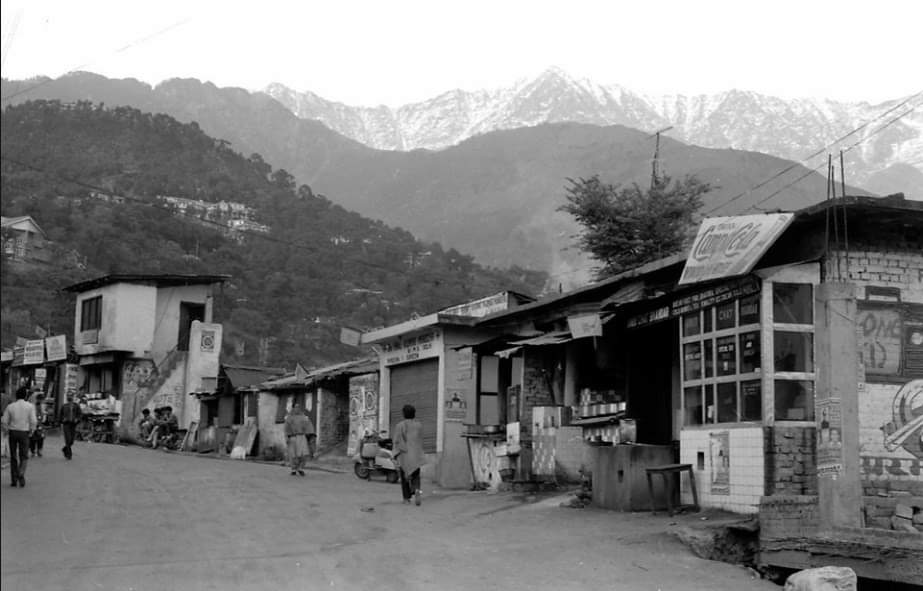
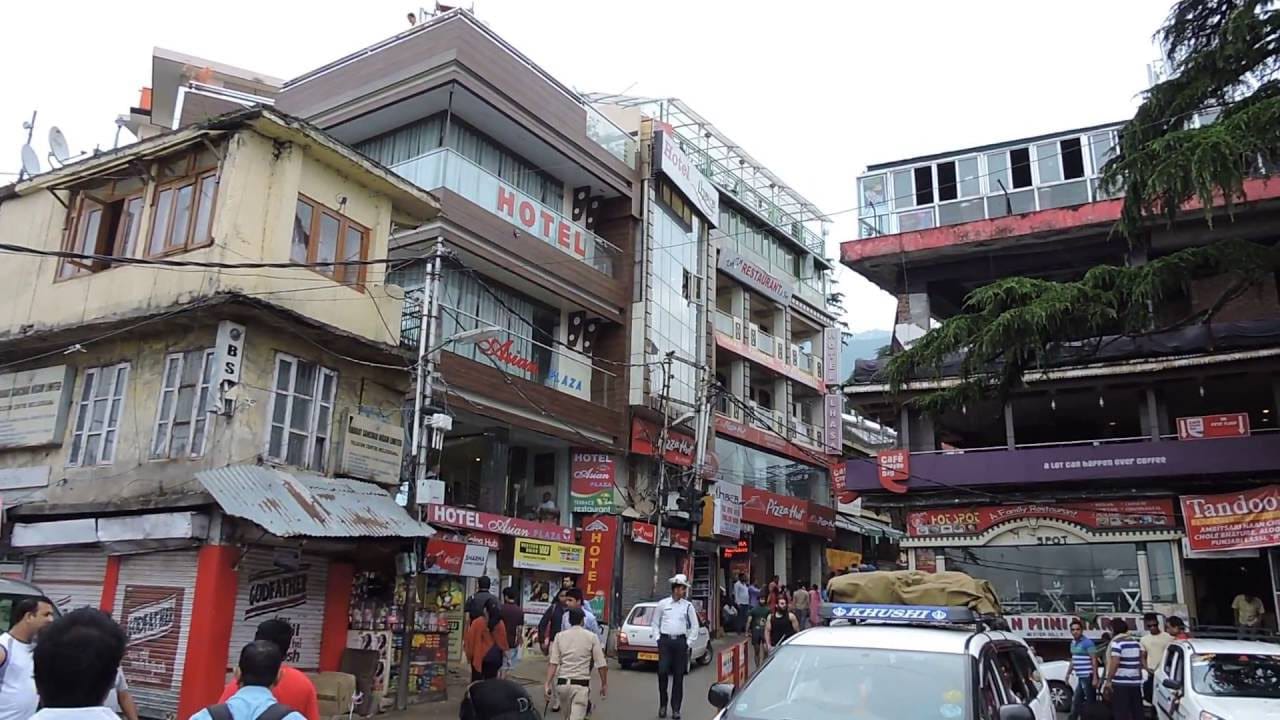
Local food and houses are gone
Locals have abandoned traditional mud houses, which use bamboo, timber, stones and slate – all available locally. On the other hand, cement houses are highly resource and capital intensive, for which material needs to be brought from far off places. Despite all the expenses, these houses may not last for more than 50 years. On the contrary, there are mud houses in my village, Rakad, which are more than 100 years old. Despite living proof of this wonderful architecture, residents of Dharamshala are going crazy about concrete houses, which are not sustainable at all.
The local food used to be rich of rajma, millets, kangni, kodra, phullan (buckweed), jou (barley). In fact, wheat was never grown here. Then Green Revolution happened and farming became unsustainable. People gradually lost connect with the local ecosystem because local species were lost. This area is still home to thousands of rare herbs, which are especially popular with foreigners. But there is no value chain system to utilise this natural wealth, process it and generate income for the residents.
Dharamshala was known for its citrus fruits like ‘Dhudunj’, ‘galgal’ which are being replaced by hybrid fruits. The local mango sells for Rs 10 a kilogram, but African malta orange commands a price of Rs 150.
I bought this farm because it has mountains with dense foliage on three sides. Of late, my fellow farmers have started using weedicide (to kill grass), which are extremely poisonous. When I tried to reason with them, they said, “Yeh Himachal hai, yahan kee zameen aur hava ko kuch farak nahi padta (This is Himachal…the air and soil here are so pure that nothing can spoil it). I fear Himachal Pradesh will become the next Punjab looking at the rate at which forests are being cut for agriculture and so-called development.
Parents here, like anywhere else, are obsessed with private school education. Mothers too want to keep pace with their children and learn foreign languages. So ‘pahadi’ songs are replaced by ‘Twinkle twinkle little star…’ Farms are gone, so traditional sowing songs, harvest songs are forgotten.
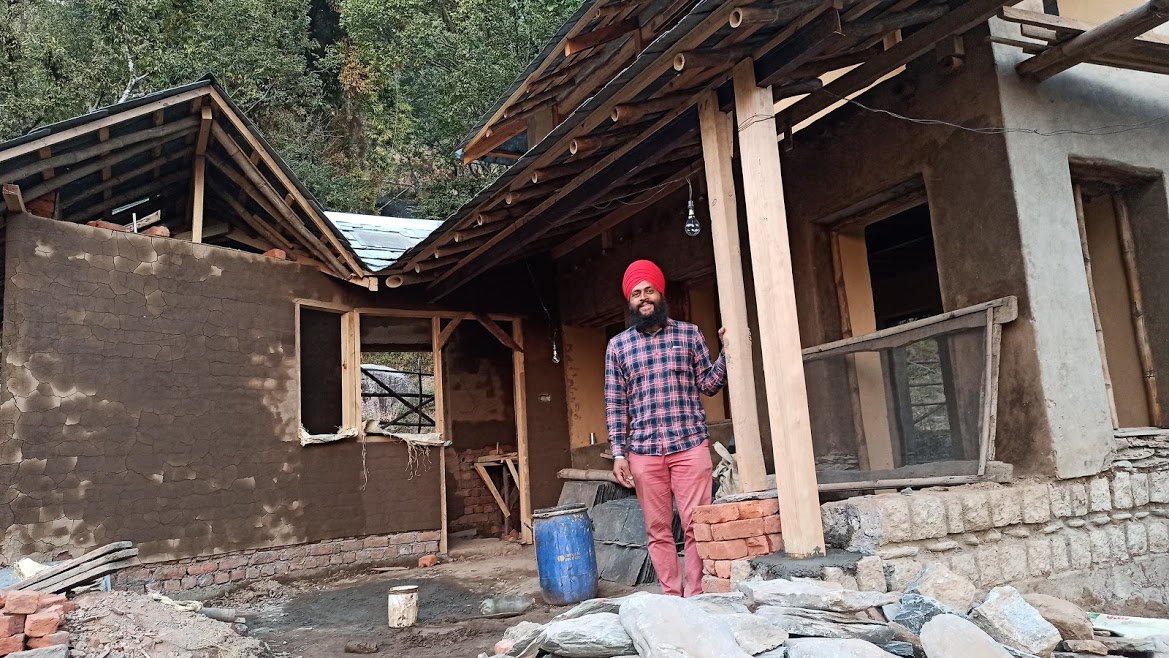
Conscious vacationing
I visited Gangtok a few years ago and was amazed with the way locals protect their city. Taxi drivers do not allow tourists to throw out plastic bags. While there are hotels, home stays are encouraged, thus generating income for the people of Gangtok. Dharamshala should follow this example. Local food should be promoted and brought into fashion. Will a Delhi tourist like to eat paneer tikka or try out a Dharamshala delicacy like Lungdu (a local fern) curry?
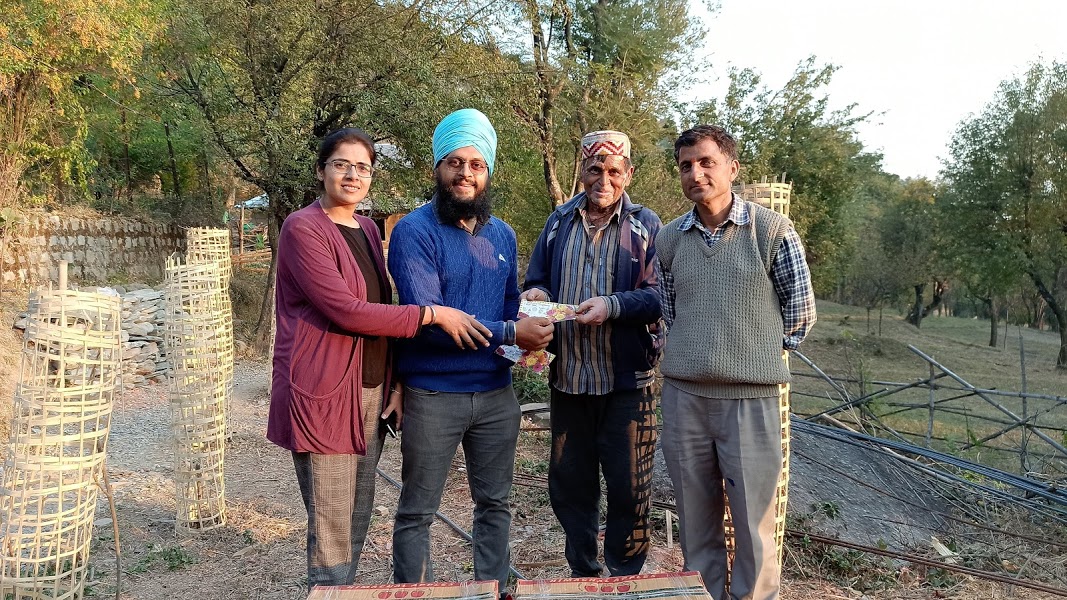
My idea of an ideal Dharamshala
The government or corporates should help us set up an incubation centre at the panchayat level on a pilot basis, which will work towards generating livelihood for people here. My ambition is to create food forests, make more mud houses, promote local food and entrepreneurship and create a system that meets people’s economic needs.
Dharamshala needs small scale industries based on locally produced natural products like fruits, vegetables and herbs. At least 50% of their sales should be at the village level so that we develop an efficient value chain system. This will solve the waste management problem, reduce logistics expenses, packaging material and minimise cost.
The people of Dharamshala need to take more responsibility towards their land and their culture. They need to unite and take charge of their destiny. In short, they need to take a U-turn.
(As told to Anoop Jaipurkar)


